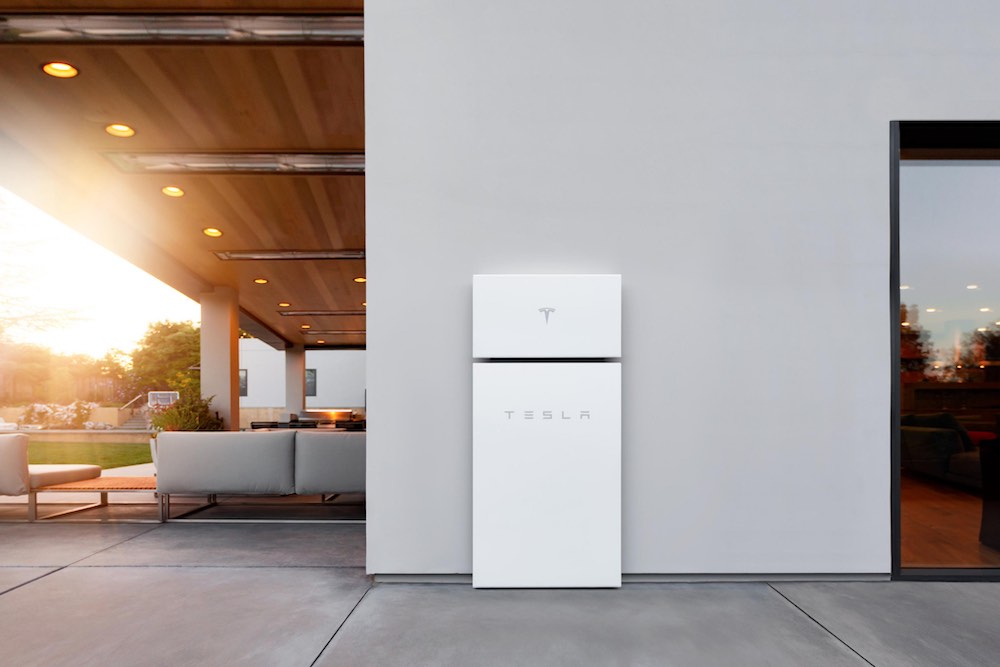
California could challenge South Australia’s claim to the world’s biggest largest distributed battery network, or virtual power plant, with the launch of a Tesla-backed VPP pilot in the state to help drive uptake and support electric grid reliability.
Californian utility Pacific Gas and Electric Company and Tesla invited roughly 25,000 PG&E customers with Powerwall home batteries to join a virtual power plant (VPP) pilot in the state, offering compensation for the energy they discharge to the grid.
The companies said this week that more than 3,000 customers had responded to the initial offer, while more than 1,500 customers officially entered the program within the first two weeks.
In Australia, Tesla has been behind the nation’s biggest VPP, which started in South Australia and relatively quickly built up a network of nearly 5,000 home batteries in that state, including thousands installed in the state’s public housing properties.
The goal in Australia for Tesla had been to build the VPP to include 50,000 homes across South Australia, although progress has slowed in the past two years due to Covid, supply-chain bottlenecks and, much more recently, a change of government, which saw the state’s home battery rebate unceremoniously dumped.
Still, the SA VPP has been a success, with Tesla noting in late 2020 that it was the first virtual power plant in Australia to help stabilise frequency levels in the grid and, as of August 2020, one of only two in Australia to do this. The VPP was in 2021 extended to Victoria, and then this year to the ACT, NSW and Queensland.
The collaboration in California will see Tesla participate in PG&E’s Emergency Load Reduction Program (ELRP) pilot by enrolling and combining residential Powerwall home battery systems into a virtual power plant to discharge power back to the grid in California during times of high electricity demand.
In California, Tesla and PG&E hope to accelerate customer adoption of distributed energy resource technologies by helping to expand access to new customer programs and participation opportunities.
“VPPs are a valuable resource for supporting grid reliability and an essential part of California’s clean energy future,” said Aaron August, PG&E’s vice president for business development & customer engagement.
“Our customers’ home batteries offer a unique resource that can positively contribute to our state’s electric grid and will become more significant as our customers continue to adopt clean energy technology.
“In collaborating with Tesla, we are further integrating behind-the-meter battery-based VPPs on the largest scale yet, helping to make customer resiliency technologies more accessible and continuing a long tradition at PG&E of actively integrating VPP resources into our energy supply portfolio.”
The PG&E and Tesla VPP will see PG&E direct load managements events for participating customers which will direct their battery to discharge when there is high demand for electricity between 4pm to 9pm, specifically through May to October (the Northern Hemisphere’s warmer months).
Customers participating in the VPP will receive $2 for every incremental kilowatt-hour of electricity that their Powerwall discharges back into the grid during a load management event.
Conversely, customers can use their Tesla app to set their backup power needs so as to ensure they still have enough energy for their personal and essential needs during the event of an outage. Customers can even opt-out entirely through the app if necessary.
“Enabling Powerwall customers to support the grid and their community is a necessary and important part of accelerating the transition to sustainable energy,” said Drew Baglino, Tesla’s senior vice president of powertrain and energy engineering.
“We seek to partner with utilities and regulators everywhere to unlock the full potential of storage to bring more renewable, resilient, and less costly electricity to everyone.”



